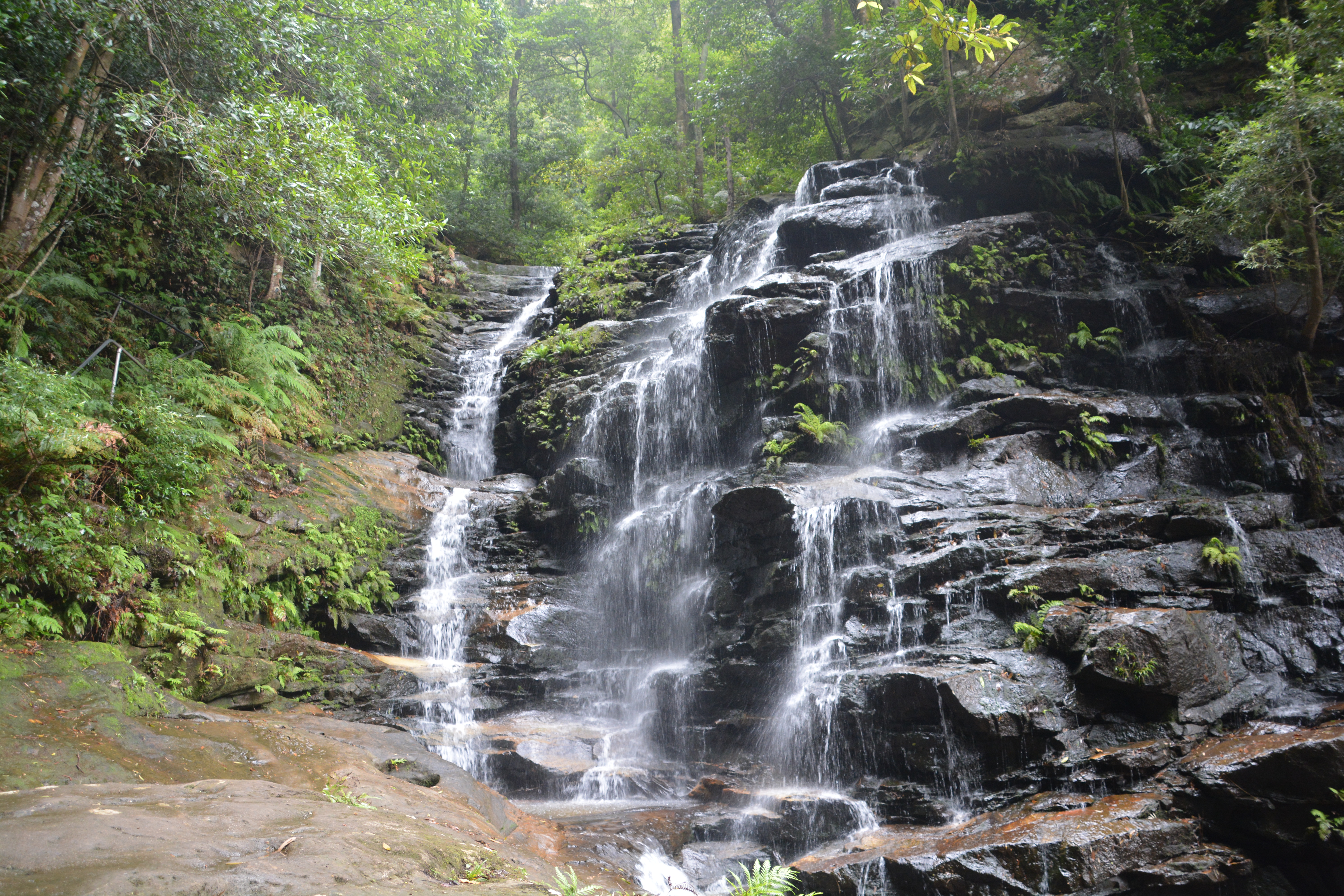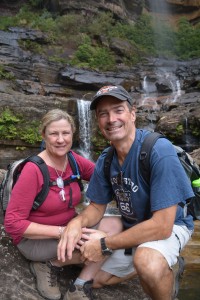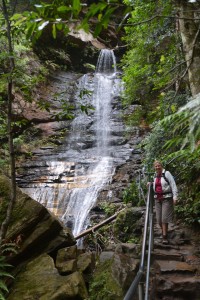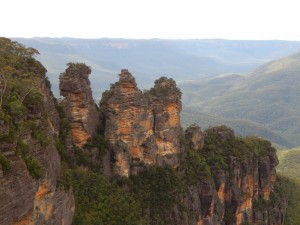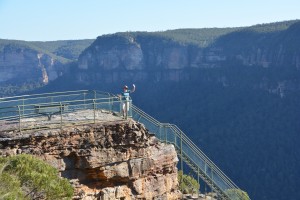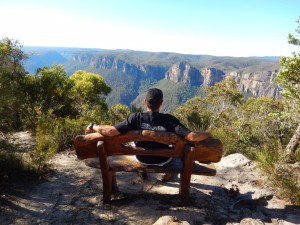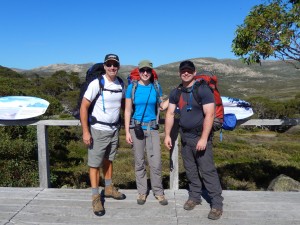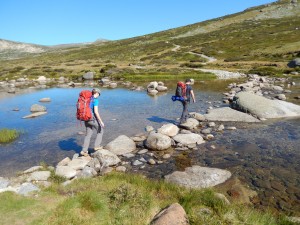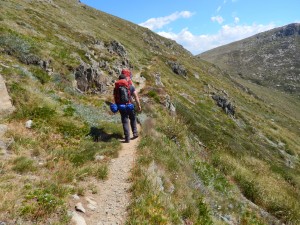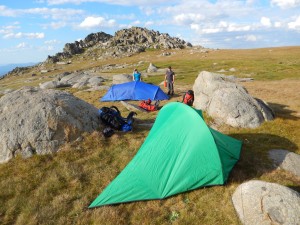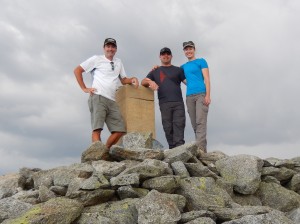Mountains mountains everywhere
Australians have a very loose definition for mountains. This is mainly because as the oldest planet on earth Australia’s mountains have all worn down to the point that most countries would just call them large hills. But where Australia’s mountains may lack height they more than make up for in deep gorges, long waterfalls, sweeping views and even glacial lakes. And in two recent successive weekends we explored and conquered the two main ranges in Australia.
The Australia Day long weekend is usually a time for families and friends, backyard barbeques, swims in the pool, an extra beer or two. But Julie and I took the opportunity to drive up to the Blue Mountains just west of Sydney and spend three full days exploring new nooks and crannies of this dramatic range that is so easily accessible but frequently forgotten by busy Sydney-siders.
The most significant feature of the Blue Mountains are the high cliff-like escarpments and deep gorges that have formed over millions of years and create such spectacular viewpoints and inaccessible valleys. We wanted to explore a few of the lesser known trails, including those that make the long descent – and inevitable ascent – down into the bottom of the gorges. And along the way we saw some excellent Aboriginal rock art, crossed under and over beautiful high waterfalls, clung to narrow ledges on steep cliffs and climbed some dramatic staircases carved into the soft limestone.
We were exhausted after our three days of exploring these mountains but we also felt that familiar strong magnet pulling us back to the bush. Before we had returned home we had already begun planning our return trip with more long and challenging walks, more beautiful sweeping views and more great experiences.
But coincidence is a wonderful thing. As it happened, the following weekend Carl and Anna were planning a trip down to the Snowy Mountains, the largest and highest of Australia’s ranges which straddle the New South Wales – Victoria border. The Snowys are where all Australia’s ski resort are, where the country’s highest peaks are and where backpackers love to strut their stuff.
Anna, Carl and I had proven our team credentials when we trekked to Everest Base Camp in 2012. That journey begins on our blog at https://www.ourpangaea.net/?p=1741. So it seemed natural for the three of us to team up again for a strenuous two day high altitude backpacking trip which saw us bag the two highest mountains of Australia, see all five of Australia’s glacial lakes, twice cross one of Australia’s most iconic rivers and absorb some of the most beautiful above-the-tree-line scenery imaginable.
The beautiful snow gums and road ends at Charlotte Pass at 1,835 metres (6,020 feet). From there we followed a long broad circular track along the ridge line that defines Australia’s highest mountains, a trail of about 37 kilometres. Eons ago huge glaciers crossed this land, permanently shaping and scarring the terrain we see today. The most obvious remnant of these bygone days are the beautiful glacial lakes that still sparkle blue in the mountain sunshine. But our main target for the weekend was to climb Mt. Kosciuszko, Australia’s highest at 2,228 metres (7,310 feet) and for good measure knock off Mt. Townsend, Australia’s second highest mountain at 2,209 metres (7,247 feet).
As it turned out, the track up to the top of Mt. Townsend was quite a challenging scramble and we rewarded ourselves by camping in a grassy saddle near its summit. From this lofty site, which must be the highest possible camping sight in Australia, we had magnificent views of the valleys below us and soaked up the beautiful late afternoon sun while we sipped red wine and nibbled on snacks. Yes, you can still have elements of luxury in the most remote of camping spots.
These two fabulous weekends prove you don’t have to be in the Himalayas, the Alps or the Andes to enjoy stunning mountain scenery, stretch your legs (and your lungs) and get away from the chaos of a big city. Some of the greatest travel pleasures are right in our back yard and there’s plenty more to come in the future.
